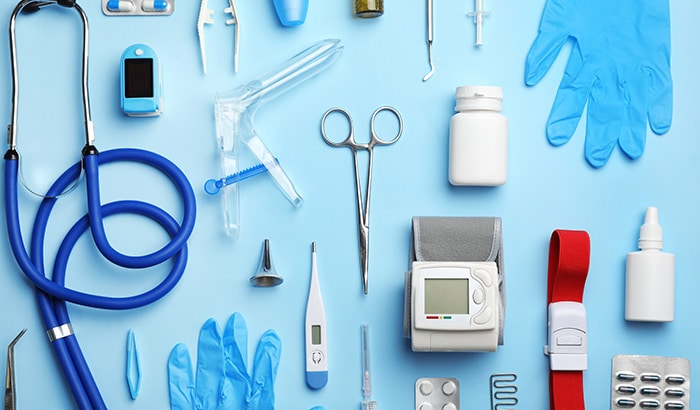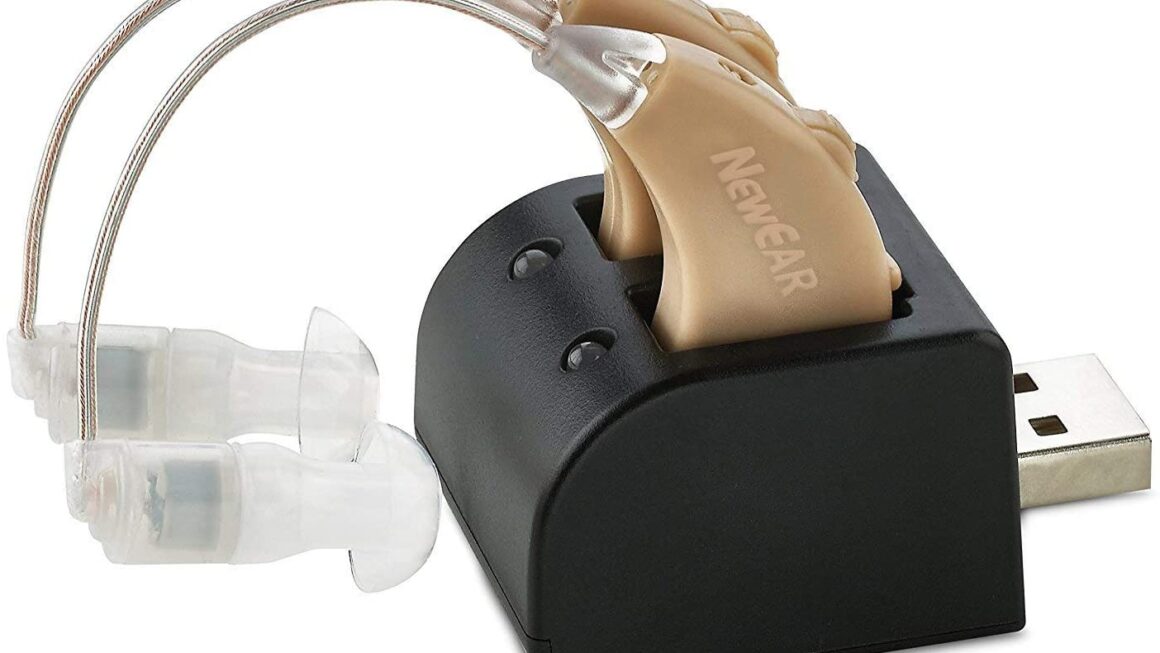Migraine headaches are a prevalent and debilitating condition that affects millions of people worldwide. Characterised by intense throbbing pain sensitivity to light and sound and accompanying symptoms like nausea and fatigue, migraines can significantly impact an individual’s daily life and well-being. While there are various treatment options available like Naproxen + Domperidone medicine, prevention is key to reducing the frequency and severity of these episodes. This blog aims to provide valuable insights and practical strategies for preventing migraine headaches empowering individuals to take control of their condition and find long-term relief. By understanding migraine triggers, making lifestyle modifications, seeking appropriate medical intervention and developing a comprehensive management plan you can significantly reduce the occurrence of migraines and improve your overall quality of life. Join us as we explore the world of migraine prevention and discover effective ways to stay one step ahead of these debilitating headaches.
Understanding Migraine Triggers:
Identifying migraine headache triggers that can relieve pain is critical in building an effective preventative approach. While triggers can vary from person to person, recognizing common culprits can help individuals make necessary lifestyle modifications to reduce the frequency and intensity of migraines. Here are some key triggers to be aware of:
- Dietary Triggers:
- Certain foods and beverages like aged cheese processed meats chocolate caffeine and alcohol have been known to trigger migraines in susceptible individuals.
- Encourage individuals to keep a food diary to track their diet and identify specific trigger foods that may contribute to their migraines.
- Environmental Factors:
- Bright lights flickering screens, strong smells and loud noises can act as triggers for migraines.
- Encourage individuals to create a calm and quiet environment, wear sunglasses outdoors and limit exposure to known triggers.
- Hormonal Changes:
- Fluctuations in estrogen levels particularly during menstrual cycles pregnancy or menopause can trigger migraines in some individuals.
- Discuss the importance of tracking hormonal changes and seeking medical advice for appropriate management options.
- Stress and Emotional Factors:
- Stress anxiety , tension and emotional upheavals are common triggers for migraines.
- Promote stress management techniques such as mindfulness relaxation exercises and regular self-care practices to help individuals better cope with stress and reduce migraine occurrence.
- Sleep Disturbances:
- Irregular sleep patterns, insufficient sleep or disrupted sleep can trigger migraines.
- Educate individuals on the importance of maintaining a regular sleep routine and creating a sleep-friendly environment.
Lifestyle Modifications for Migraine Prevention:
Making certain lifestyle modifications can play a significant role in preventing migraines and reducing their impact on daily life. Here are some effective lifestyle modifications to consider:
- Establishing a Regular Sleep Routine:
- Aim for consistent sleep patterns by going to bed and waking up at the same time every day.
- Create a comfortable and soothing sleep environment that promotes relaxation and good sleep hygiene practices.
- Managing Stress:
- Stress is a known trigger for migraines so adopting stress management techniques is crucial.
- Engage in regular exercise practice mindfulness and meditation and explore relaxation techniques like deep breathing or progressive muscle relaxation.
- Identifying and Avoiding Trigger Foods:
- Keep a food diary to track any potential trigger foods that may lead to migraines.
- Identify common trigger foods such as processed foods, artificial sweeteners caffeine and specific food additives.
- Make dietary adjustments by incorporating fresh whole foods and avoiding known trigger foods.
- Regular Exercise and Physical Activity:
- Engaging in regular physical activity can help reduce the frequency and intensity of migraines.
- Choose low-impact exercises like walking, swimming or yoga and gradually increase activity levels.
- Adequate Hydration:
- Dehydration can trigger migraines so it’s important to stay well-hydrated throughout the day.
- Aim to drink plenty of water and limit or avoid sugary beverages.
- Prioritising Relaxation and Self-Care:
- Incorporate regular relaxation practices into your routine such as taking breaks engaging in hobbies or enjoying leisure activities.
- Practice self-care by setting boundaries, seeking support from loved ones and making time for activities that bring joy and relaxation.
- Maintaining a Regular Routine:
- Keeping a consistent daily routine can help minimise the risk of migraines.
- Stick to regular mealtimes, sleep patterns and daily activities to establish stability and reduce potential triggers.
Seeking Medical Intervention:
Here are some medical interventions to consider:
- Medications:
- Preventive medications such as beta-blockers, antidepressants or anti-seizure medications may be prescribed to reduce the frequency and severity of migraines.
- Acute medications including triptans or nonsteroidal anti-inflammatory drugs (NSAIDs) can help manage migraines when they occur.
- Botox Injections:
- Botox injections have been approved for the prevention of chronic migraines.
- The injections are administered every few months and can effectively reduce the frequency of migraines for some individuals.
- Alternative Therapies and Complementary Approaches:
- Non-pharmacological approaches like acupuncture biofeedback or cognitive-behavioural therapy (CBT) may be considered.
- These therapies can help individuals manage stress, cope with pain and reduce the impact of migraines on their daily lives.
Developing a Migraine Management Plan:
Creating a personalised migraine management plan is essential for long-term prevention and effective management of migraines. Here are some key components to include in your plan:
- Share information about migraines with your loved ones colleagues and supervisors to foster understanding and support.
- Explain the impact of migraines on your life and discuss strategies they can employ to assist during episodes.
- Assemble a toolkit containing essential items that can help manage migraines.
- Include medications, ice packs, a migraine journal, relaxation tools and any other items that provide relief during episodes.
- Maintain a migraine journal to track triggers symptoms and treatment outcomes.
- Note any patterns or trends that may emerge helping you identify additional triggers or effective preventive measures.
- Schedule regular follow-up appointments with your healthcare professional to assess the effectiveness of your prevention strategies.
- Communicate any changes in symptoms, treatment response or concerns to ensure the management plan is adjusted accordingly.
Conclusion:
Preventing migraines is a multifaceted approach that involves understanding triggers, making lifestyle changes, seeking medical intervention and developing a personalised management plan. By implementing these strategies individuals can significantly reduce the frequency and severity of migraines leading to a better quality of life.
By adopting a comprehensive approach to migraine prevention individuals can achieve long-term relief and enjoy a better quality of life free from the debilitating effects of migraines.












